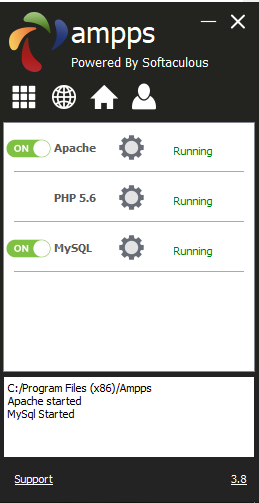

It also comes loaded with lots of great-sounding presets that can lead your playing in directions that you might not have gone to otherwise. With over 200 amps, cabs and effects to play around with, you’ll never be stuck for choice. Plus, its most recent incarnation – the Spider V MkII – is definitely one of the best modeling amps out there. Earlier versions of this amp do get some stick online, but the Spider was a fairly trailblazing design.

In any conversation about modeling amps, it’s hard to ignore the Line 6 Spider. The Blackstar Silverline amps might also be the best-looking modeling amps out there, sporting a sleek aesthetic that draws from the boutique inspiration. There’s also a high-quality effects section, as well as Blackstar’s patented ISF control – this essentially lets you dial and blend in a British, or American, sort of sound. Combine this with the six different amp models that you can choose from, and you’ve got a mighty versatile amp that delivers some serious character, inspired by some of the most sought-after boutique amps in the world.Īs with most other modeling amps, you’ll have a range of amps to use as your base tone: two cleans, two crunch and two overdrives (with the latter, you can really crank the gain to get some great metal sounds).
Ampps closes without opening mac full#
Read the full Fender Tone Master Deluxe Reverb reviewīuilding on the success of Blackstar’s TVP range, the Silverline series of amps allow you to model different power tubes so that you can get a range of tones as well as changing how the amp responds to your playing. In addition, there are modern-day benefits such as a line output with level control, a three-option cab-sim and a six-way power attenuation switch for playing at a variety of volumes. The Fender Tone Master Deluxe Reverb is the most expensive amp on this list, but it’s still cheaper than the all-tube version. Even the control panel is identical, so you’ll have the incredible-sounding tremolo and reverb as well. It delivers the same chime and sparkle as the original, with a lush, full-bodied tone and incredible dynamics.

Instead of modeling a bunch of amps, as the name suggests, this models the sound and feel of a Fender Deluxe Reverb combo and, unless you’re comparing them side by side, it’s not easy to tell the difference. So much so that it’s hard not to view it as one of the best modeling amps out there. Whilst the Fender Tone Master Deluxe Reverb doesn’t have the same kind of versatility as others on this list, what it does do, it does incredibly well. Read the full Boss Katana-100 MkII review What many players love about this guitar amp is how easy it is to use – all the controls are right there in front of you and, to be honest, it’s hard to dial in a bad sound! We’ve chosen the 100W model as you’ll be able to keep up with a drummer in terms of volume, but if you want the same great sound in a smaller package, then look at the Katana-50 MkII. The Katana also provides a range of high-quality effects. These cover everything from mellow and sparkly cleans, through classic rock crunch, all the way up to metal-style saturation. The Boss Katana MkII offers guitarists four different flavors of amp style alongside an acoustic channel, with two variations on each – so, 10 in total. The MkI Katana wasn’t broken but they fixed it anyway, resulting in what might be the best modeling amp available to players right now. In recent years, the Boss Katana has proven itself to be one of the most popular non-tube amps on the market. Some are better suited to the home, others to gigging – we’d recommend an amp with at least a 12" speaker for live shows, which features on many of the amps we've highlighted below. All of our choices have either a built-in speaker, or can drive a regular, passive guitar cab. Here, we’ve put together our pick of the best modeling amps. A lot of modeling amps also have effects built in, meaning you don’t have to buy separate pedals. You can go from super-clean sounds to mega-distorted ones, and everything in between. Many of the best modeling amps give players a ton of options when it comes to amp styles. As the name implies, modeling amps model the sounds of other amplifiers – usually ones that are expensive, rare, unreliable, impractical or all of the above! Not everyone can get their hands on an original, early-’60s Fender black panel combo, but you’ll find some kind of digital replication of one in most modeling amps.Īlso, to play the music that you want to, you might need a range of different sounds – this is where modeling amps can really come into their own.


 0 kommentar(er)
0 kommentar(er)
